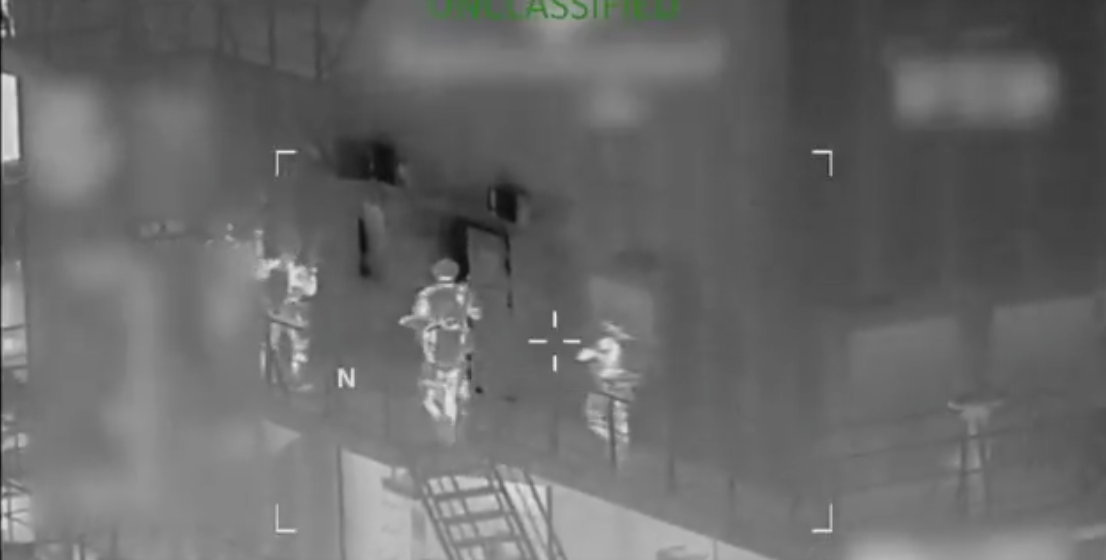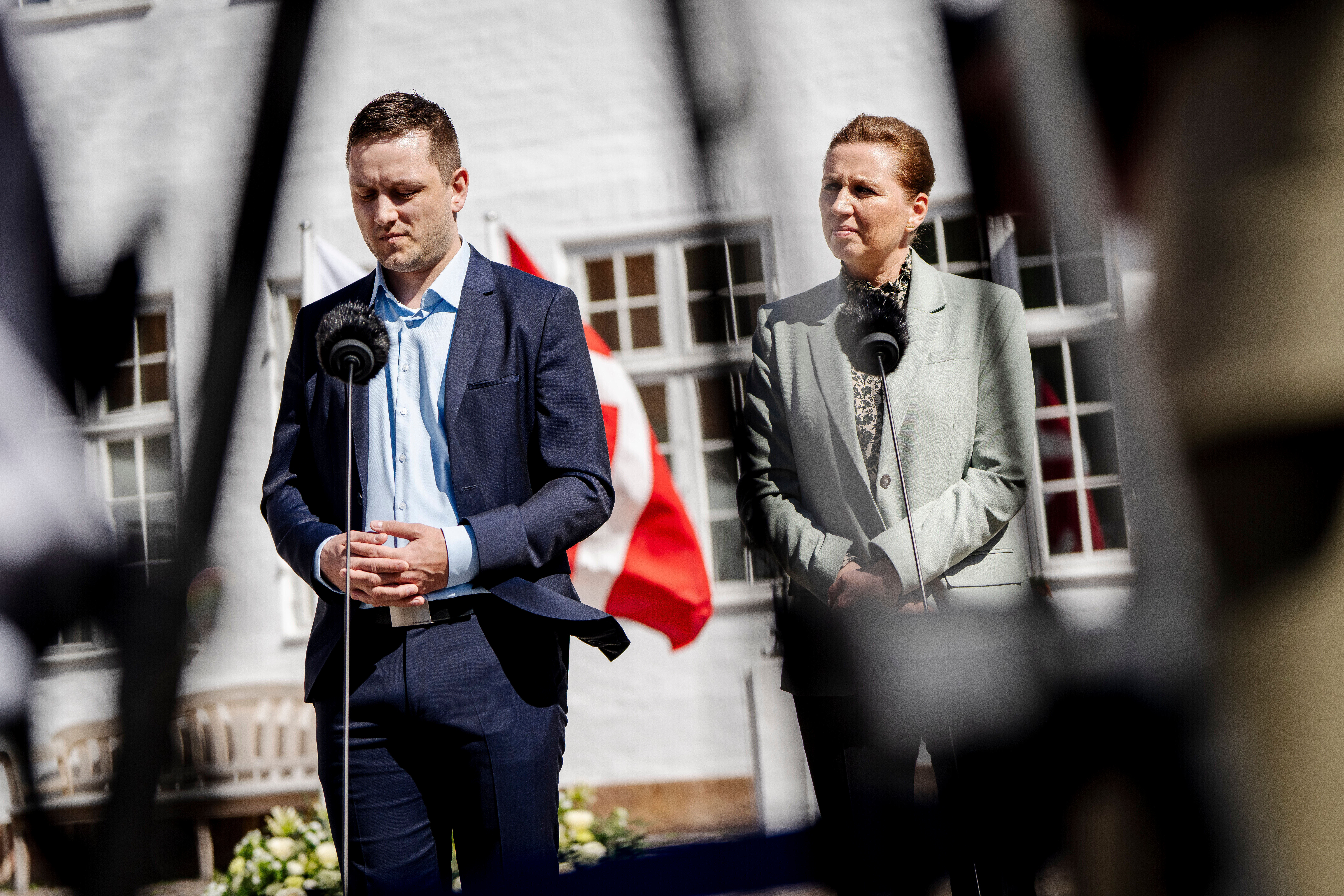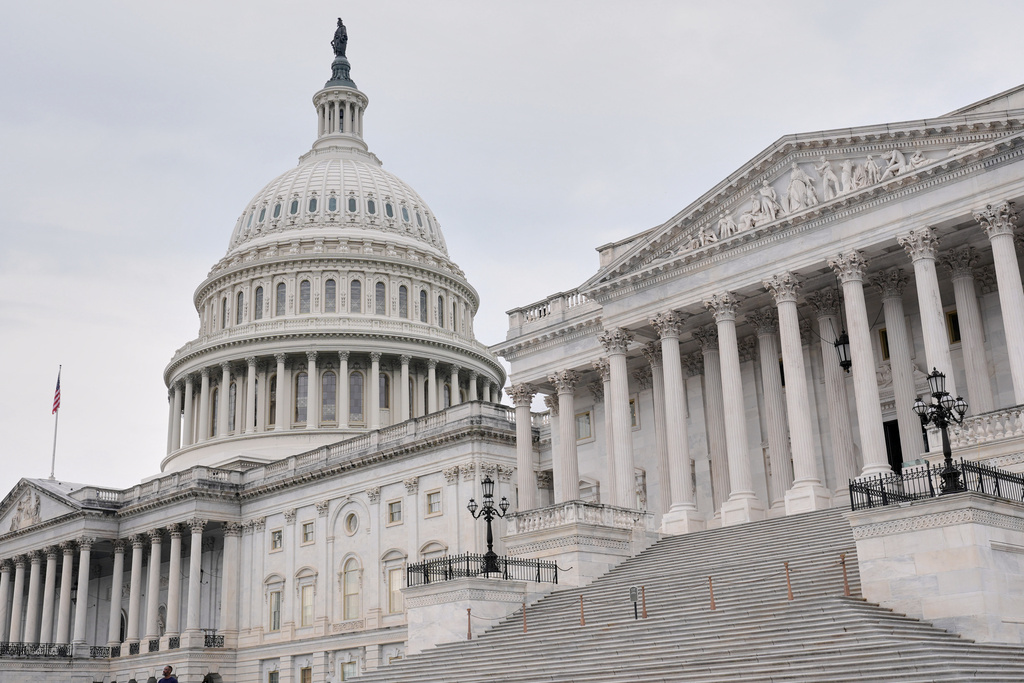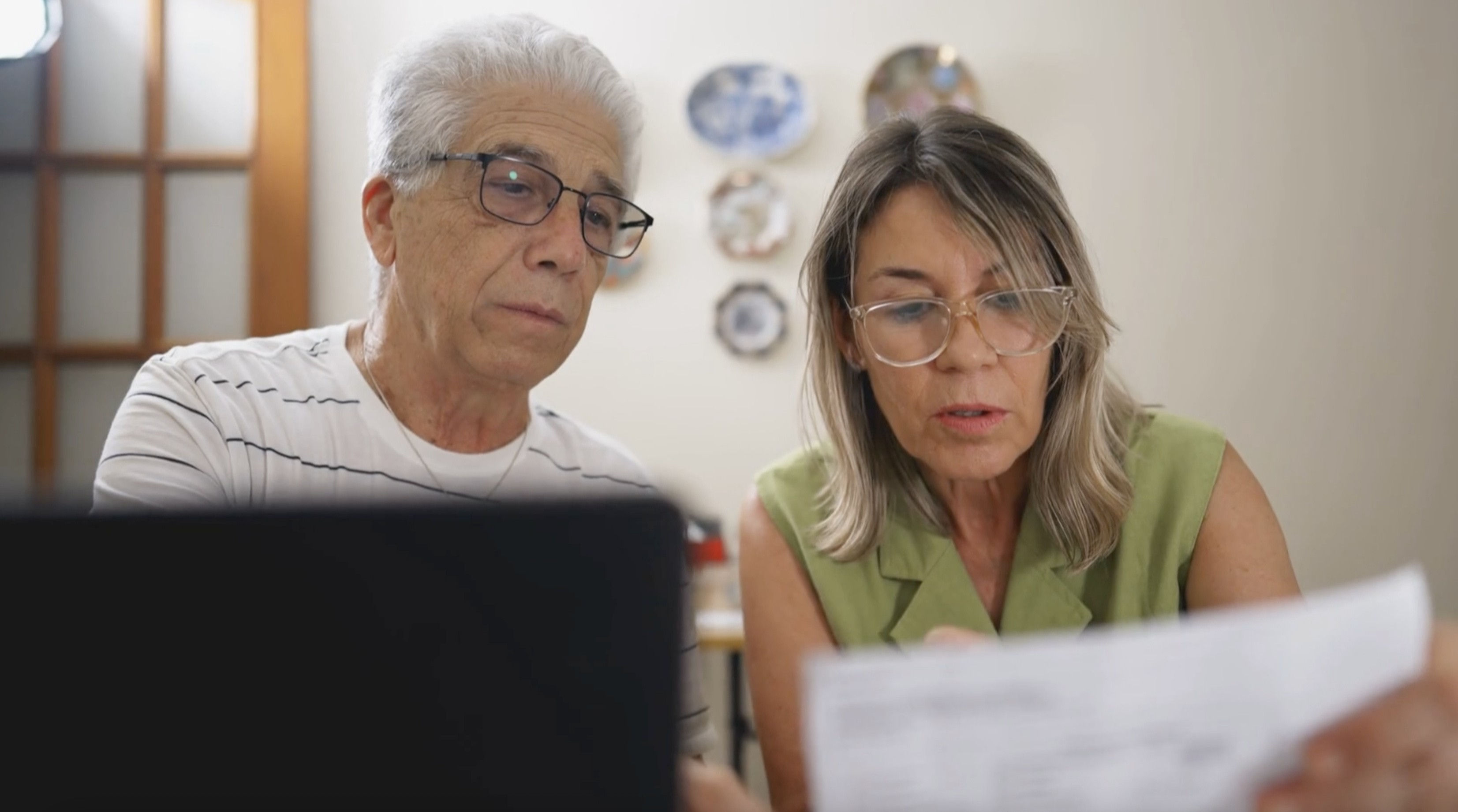Flights are getting an added layer of safety for both passengers and crew members.
The Federal Aviation Administration mandated new protections this month for the flight deck by requiring a secondary barrier on all passenger planes.
"This actually came about in 2018 when Congress mandated to the FAA that a second barrier be added to flight decks," said Chad Kendall, an associate professor in the department of aviation and aerospace science at Metropolitan State University of Denver.
This applies to all new aircraft built for airlines after mid 2025. Existing aircraft will not be changed.
"Passengers are not going to see a disruption in air travel," Kendall said.
The second barrier will ensure that the cockpit is inaccessible by those who are not authorized to be there.
@scrippsnews The Federal Aviation Administration issued a new rule that all commercial passenger #planes built from mid 2025 and on have to be equipped with a second flight deck barrier. Experts talk about what this means for passengers. #aviation #AirTravel ♬ original sound - Scripps News

Unruly passengers on the rise internationally
There was an incident reported on one out of 568 flights in 2022, according to the International Air Transport Association.
"No pilot should have to worry about an intrusion on the flight deck," said acting FAA associate administrator for safety David Boulter in a June release detailing the new rule.
The FAA estimates a secondary barrier will cost $35,000 per plane.
"This will be a nominal cost to the airlines as far as the purchase of a new aircraft," Kendall said.
Experts said this will not impact any costs for passengers.
The Air Line Pilots Association, International, the largest pilot union in the world, commended the new rule, but said more work needs to be done to retrofit existing airliners.
The last change to flight deck security was in 2007, when the FAA required the door be locked when the airplane was in operation.
The FAA adopted rules for cockpit security after 4 planes were hijacked on September 11, 2001.










